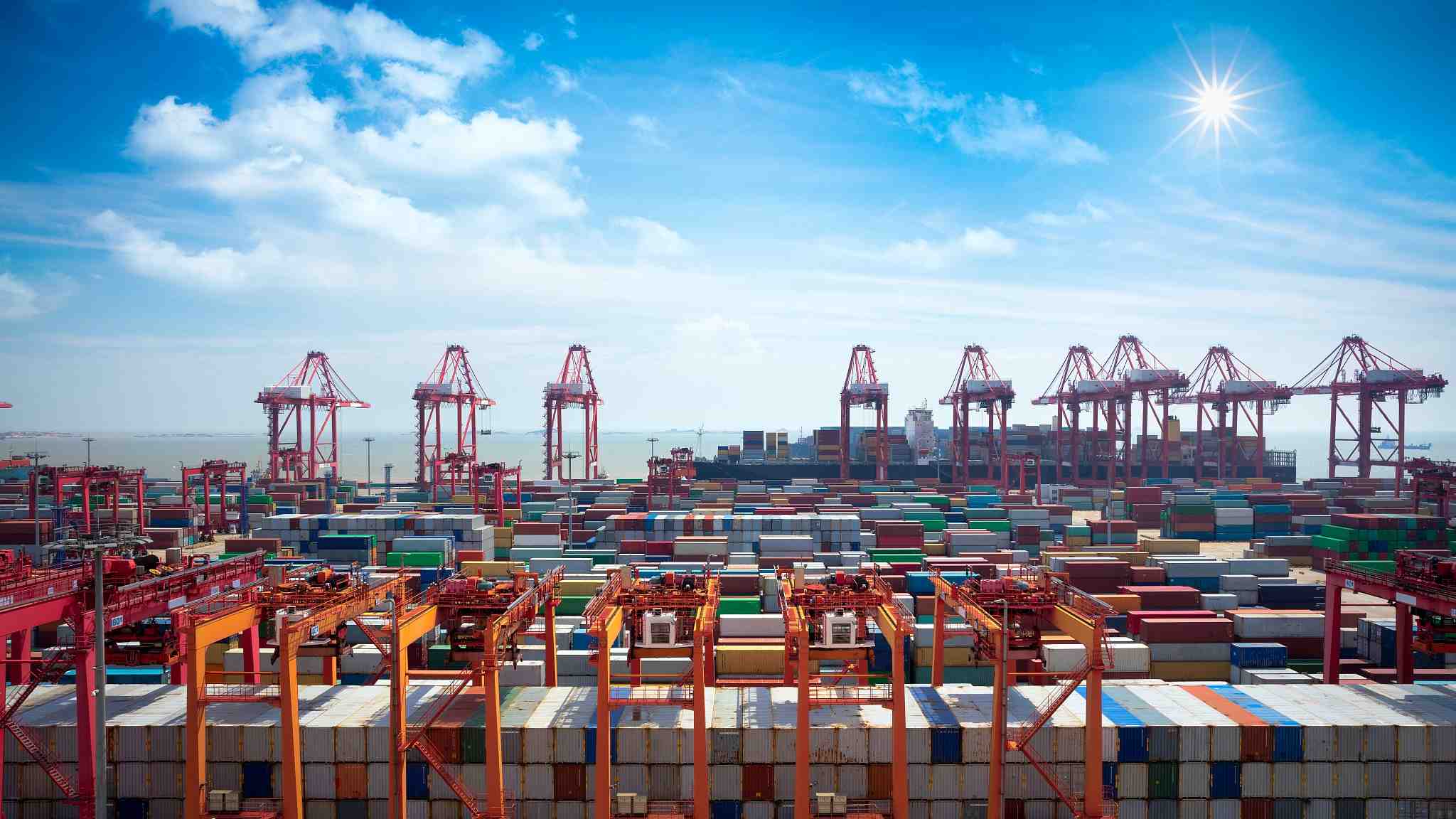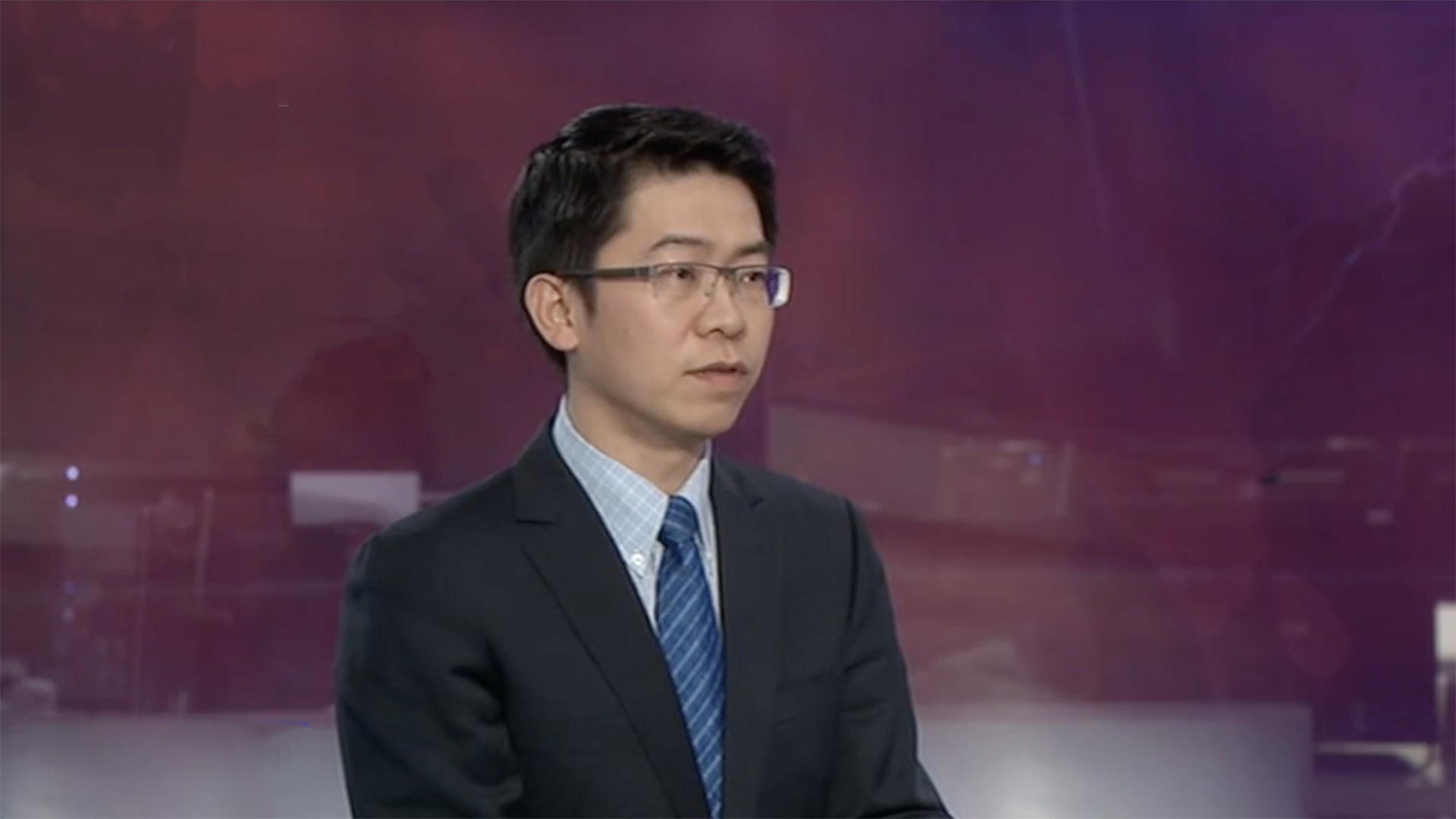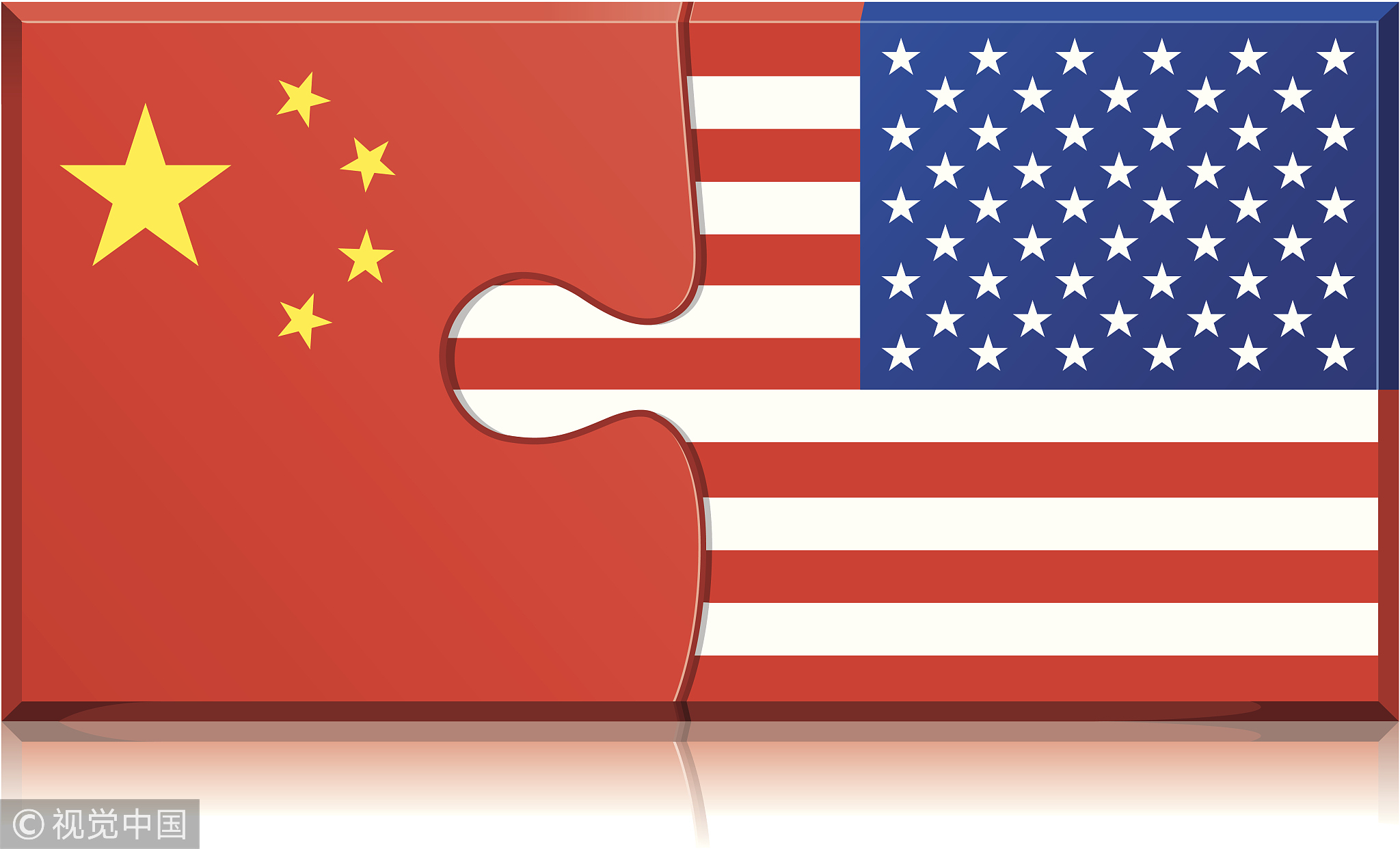
Opinions
18:31, 14-Jan-2019
Opinion: Rising 2018 China-U.S. trade highlights the two's interdependence
Updated
18:09, 17-Jan-2019
CGTN's Yang Chuchu

Editor's note: The article is based on interviews with Chen Jiahe, chief strategist at China Securities, and Zhou Mi, a senior research fellow from the Chinese Academy of International Trade and Economic Cooperation. The article reflects the experts' opinions, and not necessarily the views of CGTN.
"The interdependence is very important for both China and the U.S.," Zhou Mi, senior research fellow from the Chinese Academy of International Trade and Economic Cooperation, said when referring to China's trade volume with the U.S. rising by 5.7 percent last year, based on data released by the General Administration of Customs (GAC) on Monday.
According to data from GAC, the volume of Chinese foreign trade in 2018 is up to about 4.5 trillion U.S. dollars, an increase of 9.7 percent year-on-year. Exports rose 7.1 percent year-on-year to 2.4 trillion U.S. dollars last year while imports grew 12.9 percent to two trillion U.S. dollars, showing steady and high-quality development of trade.
China is expected to keep its No.1 position in the world in terms of trade in goods, Li Kuiwen, spokesperson of GAC, said on Monday.
Despite rising "protectionism and unilateralism," China's trade volume has hit a record high in 2018. For the behind reasons, Chen Jiahe, chief strategist at China Securities, highlighted two points. It should be known that the trade sector is about all kinds of goods, and is not just about products affected by tariffs. So imposing tariffs can't determine the whole picture of trade volume.
02:36

And the trade data show that China's goods are quite competitive, considering the annoying China-U.S. trade frictions. When the U.S. imposes tariffs on Chinese goods, both Chinese exporters and the U.S. customers have to suffer. In the face of it, China's trade volume rises, certifying that Chinese goods are competitive enough to not be deterred by small rising tariffs.
The most eye-catching and annoying one, in regards to China's foreign trade, maybe China-U.S. trade frictions, lagging both the two countries' development and more widely the whole world. Up to last year, Washington has already put tariffs on 250 billion U.S. dollars in Chinese goods and has threatened duties on double that value of products. Beijing has responded with tariffs on 110 billion U.S. dollars worth of goods.
If both countries can't find any substitute to import from, they will be relying on each other, Zhou said. However, it is analyzed that if China and the U.S. continue with these tariffs, the markets may lose their patience in face of the uncertainties and may diversify their imports and exports.

VCG Photo
VCG Photo
One of the main diversification of China last year is its trade with countries along the Belt and Road Initiative (BRI). Trade volume with countries in BRI reaches up to 1.24 trillion U.S. dollars and shows a 13.3 percent increase, serving as a new engine propelling China's foreign trade investment. For China, it is thought that China has firmly announced its passion for opening, one convictive example of which is the first ever international import expo, China International Import Expo.
For countries along the BRI, Chen said that they are eager to develop their economy and recover from crises. Among other things, China has very mature experience in construction, which is much needed by developing countries. Moreover, these countries try to strike a balance between China and the U.S., and cooperating with China can offer them more bargaining power in dealing with the U.S.
With China's efforts to implement reforms in import policy, its global trade surplus this year sees a decrease to 344.7 billion U.S. dollars, dropped by 16.2 percent and the lowest since 2013. It reflects relatively stronger Chinese economic growth and consumer demand compared with its trading partners, Associated Press said in one piece of its latest news.
Chen agreed with this, added that China has been in the process of transforming from a previously heavily export-led economy to a healthy economy, and into a more accurate position which most countries have followed in the process of growing. That is a result of reforms in China's import policy and a necessary economic transformation regarding China's trade, he emphasized.
(If you want to contribute and have specific expertise, please contact us at opinions@cgtn.com)

SITEMAP
Copyright © 2018 CGTN. Beijing ICP prepared NO.16065310-3
Copyright © 2018 CGTN. Beijing ICP prepared NO.16065310-3